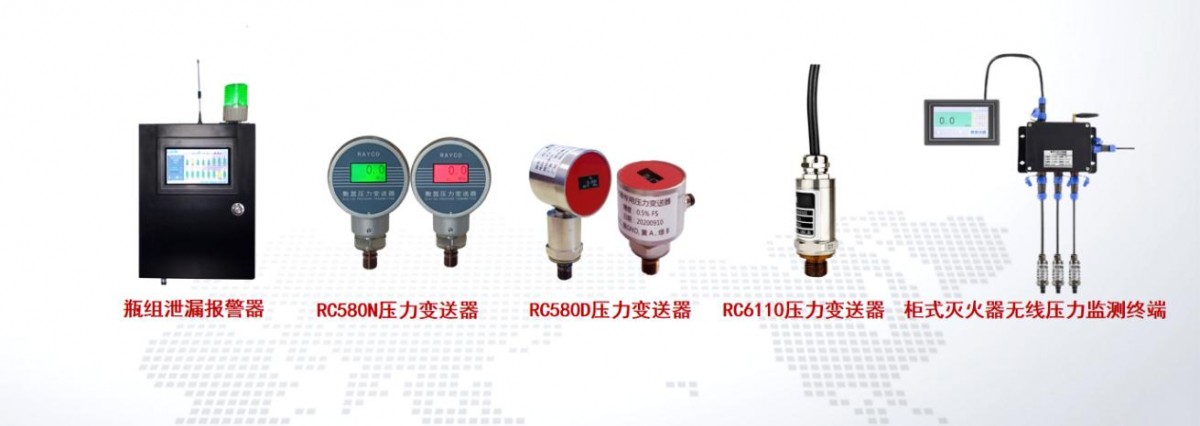The application of sensors in the field of fire protection Fire safety has always been one of the focuses of social concern. Traditional fire protection systems often rely on manual monitoring and intervention, resulting in slow response and low efficiency. The emergence of IoT sensors has brought new opportunities and challenges to fire safety. By real-time monitoring of environmental parameters, fire smoke, temperature, gas concentration, and other data, IoT sensors can provide more accurate and rapid fire monitoring and response, effectively preventing and controlling the occurrence of fire accidents. The application of sensors in the field of fire protection is mainly reflected in the following aspects: 1、 Fire warning Sensor technology plays a crucial role in fire warning. Traditional smoke detectors mainly rely on detecting smoke particles, but this method has problems with false alarms and missed alarms. The smart fire protection system based on sensor technology can monitor real-time parameters such as temperature, smoke, and gas concentration in the environment through a combination of multiple sensors, thereby more accurately determining whether a fire has occurred. 2、 Fire extinguishing Sensor technology also plays an important role in extinguishing fires. The smart fire protection system can be equipped with flame sensors, which can detect the presence of flames and issue timely alarms in order to take early fire extinguishing measures. At the same time, sensor technology can also be used to detect and control the operating status of fire extinguishing equipment. For example, water pressure sensors can monitor the water supply situation in real time, and gas sensors can detect the gas concentration in the fire extinguishing device, thereby ensuring the normal operation of the fire extinguishing device. 3、 Personnel evacuation Evacuation of personnel is a crucial step in the event of a fire. Sensor technology can quickly sense changes in smoke and temperature after a fire occurs. With the cooperation of smart fire protection systems, it can automatically trigger sound and light alarm devices to remind people to evacuate as soon as possible. In addition, sensor technology can also be used for personnel positioning, tracking and locating personnel at the fire scene through devices such as human infrared sensors or cameras, providing important information for rescue personnel and helping them better carry out evacuation and rescue work. 4、 Real time monitoring and data collection IoT sensors can monitor various environmental parameters in real-time, such as temperature, humidity, oxygen concentration, etc., and transmit data to cloud platforms for storage and analysis. The widespread deployment and coverage of sensors can achieve comprehensive monitoring, reduce the possibility of missed and false alarms, and improve the reliability and accuracy of fire protection systems. 5、 Intelligent Analysis and Decision Support The large amount of data collected by IoT sensors can be intelligently analyzed and processed through cloud platforms. These information and patterns can provide decision support for fire safety management, helping to develop more scientific and effective fire safety strategies and preventive measures. Through the intelligent analysis of IoT sensors, optimization and improvement of fire protection systems can be achieved, enhancing the ability of fire prevention and disposal. In summary, the application of sensor technology in the field of fire protection has greatly improved the efficiency and accuracy of fire prevention, monitoring, and response, reduced fire risks, and protected the safety of personnel and property. With the continuous development and improvement of technology, the application prospects of sensor technology in fire safety will be even broader. Our company independently develops and manufactures a series of products such as RC508D, RC580N, RC9209, RC6110, which can be widely used in the field of fire protection. This series of products all have the characteristics of high reliability, small size, and low cost.
|
